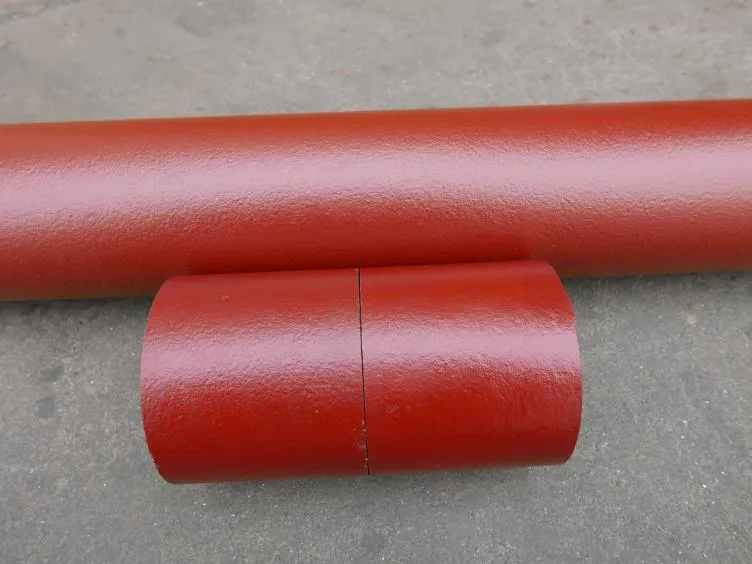- Afrikaans
- Albanian
- Amharic
- Arabic
- Armenian
- Azerbaijani
- Basque
- Belarusian
- Bengali
- Bosnian
- Bulgarian
- Catalan
- Cebuano
- China
- China (Taiwan)
- Corsican
- Croatian
- Czech
- Danish
- Dutch
- English
- Esperanto
- Estonian
- Finnish
- French
- Frisian
- Galician
- Georgian
- German
- Greek
- Gujarati
- Haitian Creole
- hausa
- hawaiian
- Hebrew
- Hindi
- Miao
- Hungarian
- Icelandic
- igbo
- Indonesian
- irish
- Italian
- Japanese
- Javanese
- Kannada
- kazakh
- Khmer
- Rwandese
- Korean
- Kurdish
- Kyrgyz
- Lao
- Latin
- Latvian
- Lithuanian
- Luxembourgish
- Macedonian
- Malgashi
- Malay
- Malayalam
- Maltese
- Maori
- Marathi
- Mongolian
- Myanmar
- Nepali
- Norwegian
- Norwegian
- Occitan
- Pashto
- Persian
- Polish
- Portuguese
- Punjabi
- Romanian
- Russian
- Samoan
- Scottish Gaelic
- Serbian
- Sesotho
- Shona
- Sindhi
- Sinhala
- Slovak
- Slovenian
- Somali
- Spanish
- Sundanese
- Swahili
- Swedish
- Tagalog
- Tajik
- Tamil
- Tatar
- Telugu
- Thai
- Turkish
- Turkmen
- Ukrainian
- Urdu
- Uighur
- Uzbek
- Vietnamese
- Welsh
- Bantu
- Yiddish
- Yoruba
- Zulu
okt. . 30, 2024 12:29 Back to list
tube in tube heat exchanger
The tube-in-tube heat exchanger is an efficient and versatile device commonly used in various industrial applications for transferring heat between two fluids. This design consists of one tube placed inside another, allowing for effective thermal exchange while keeping the two fluids separate. The outer tube typically accommodates one fluid, while the inner tube carries the second fluid. This configuration provides a large surface area for heat transfer, which enhances the overall efficiency of the exchanger.
One of the primary advantages of the tube-in-tube heat exchanger is its ability to handle high-pressure applications. The design allows for a robust construction that can withstand significant pressure differentials, making it suitable for industries such as oil and gas, chemical processing, and power generation. Additionally, the arrangement minimizes the risk of cross-contamination between the two fluids, which is crucial in processes where purity is paramount.
The flow arrangement in a tube-in-tube heat exchanger can be either counterflow or parallel flow. In counterflow arrangements, the two fluids move in opposite directions, optimizing heat transfer and allowing for higher thermal efficiency. This design is particularly beneficial when dealing with fluids that have significantly different inlet temperatures. Conversely, parallel flow configurations see the two fluids flowing in the same direction, which may lead to lower efficiency, especially when the temperature difference between the inlets is small.
tube in tube heat exchanger

Cleaning and maintenance of tube-in-tube heat exchangers are relatively straightforward. The design allows for easy access to both the inner and outer tubes, making it simple to remove any fouling or deposits that may accumulate over time. Regular maintenance is essential to ensure optimal performance and longevity of the equipment.
In various applications, such as HVAC systems, refrigeration, and chemical reactors, tube-in-tube heat exchangers demonstrate their versatility
. They can be adapted to meet the specific needs of different industries by modifying the materials and fin configurations used.In summary, the tube-in-tube heat exchanger represents a crucial technology in the field of heat transfer. Its design offers significant advantages in terms of efficiency, safety, and ease of maintenance, making it an indispensable component in many industrial processes. As industries strive for greater energy efficiency and sustainability, the application of tube-in-tube heat exchangers is likely to grow, contributing to more effective thermal management solutions.
-
Steel Reinforced Concrete Pipe Bottom Ring Moulds Buy Custom Solutions
NewsMay.19,2025
-
Original Concrete Pipe Mold Bottom Ring & Pallet Chinese Factory Direct Sale
NewsMay.19,2025
-
Custom Room Heating Heat Exchangers Energy-Efficient Solutions
NewsMay.18,2025
-
Precision Milling Body Casting Solutions Custom & ODM Options
NewsMay.18,2025
-
Custom Cast Silicon Aluminum Heat Exchanger for Hot Water Boiler High Efficiency
NewsMay.18,2025
-
Premium Custom & ODM Vehicle Parts Bulk Order Deals
NewsMay.17,2025


